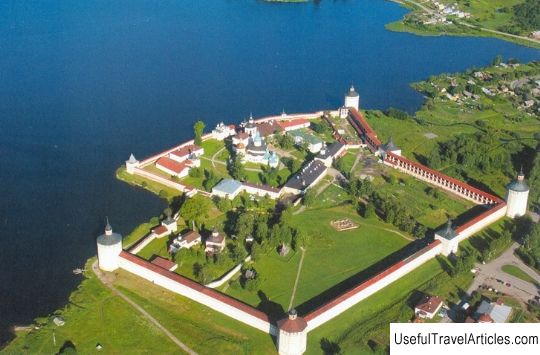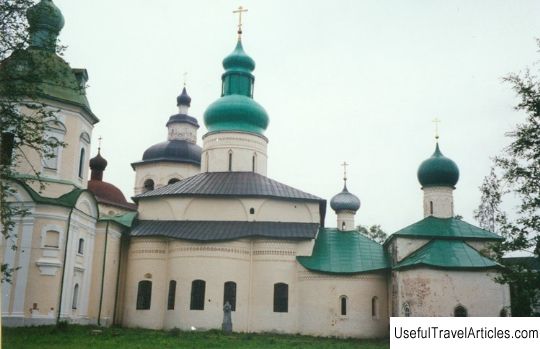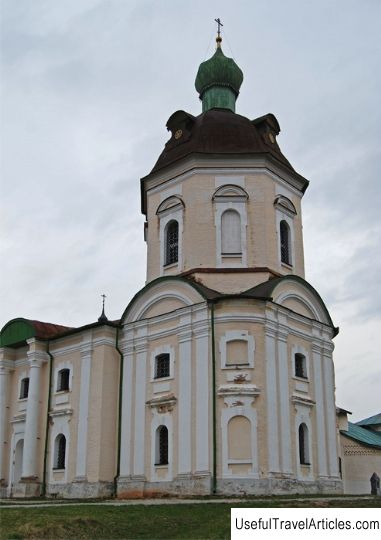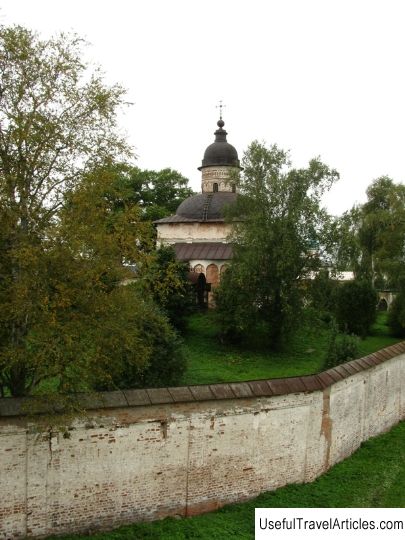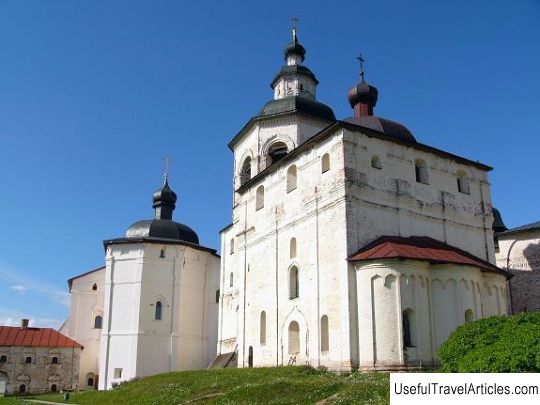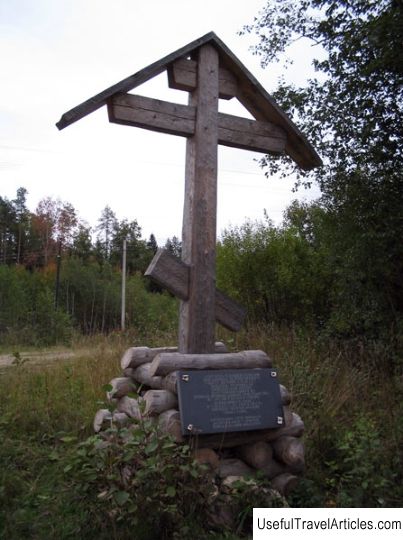Kirillo-Belozersky monastery description and photos - Russia - North-West: Vologda region
Rating: 8,3/10 (6897 votes) Kirillo-Belozersky monastery description and photos - Russia - North-West: Vologda region. Detailed information about the attraction. Description, photos and a map showing the nearest significant objects. Photo and descriptionWithin the boundaries of a small northern town, located 130 km from Vologda, called Kirillov, there is the Kirillo-Belozersky monastery. The monastery was founded in 1397 by two monks of the Moscow Simonov Monastery, Cyril and Ferapont. In a small forest on a small hillock on the shore of Lake Siverskoye, the monks erected a cross made of wood and dug a cave, so the foundation of the future monastery was laid. The first stone building of the monastery was the Assumption Cathedral, which was built by an artel of Rostov masters. The monastery was considered the largest monastery in Europe. On twelve hectares were placed the Assumption Cathedral, Large hospital chambers, churches, a refectory, monastic cells, a rector's building, the Holy Gates, the Church of John Climacus, as well as the Treasury. The monastery is surrounded by stone walls with huge towers. During its heyday, the monastery was the richest fortified city. He owned considerable land plots, fishing. The monastery housed an extensive library, talented carvers and icon painters worked. In the 16th century, the monastery was engaged in the supply of various utensils decorated with ornamental carvings to other areas. The rapid growth of the monastery would have been impracticable without the active assistance of the Moscow princes, which was expressed in various benefits, monetary and land donations. Ivan the Terrible believed that he was born thanks to the prayers of the local brethren. During his life, he visited the monastery three times and left generous gifts. In 1557 the monastery survived a great fire, endured the sieges of Lithuanian and Polish feudal lords. At the beginning of the 17th century, the Kirillo-Belozersk monastery included two monasteries: the Assumption and Ioannovsky. The nearby monasteries were surrounded by stone walls with eight towers. Nine stone churches, a bell tower and various outbuildings were located outside the walls. The monks' cells were wooden. Since the monastery was located far from Moscow and was surrounded by strong walls, it was an ideal place for exile for influential people. The conditions of the exiles' stay in it were very different: from living in fairly favorable conditions (own mansions, personal servants, a special table) to the strictest confinement. At the end of the 17th century, new walls were built, which have survived to this day, and the monastery becomes one of the most powerful fortresses in Russia. In 1764, in connection with the instruction of Catherine II, the monastery is deprived of the peasants, as well as all the land. The town of Kirillov was formed from the monastery settlement in 1776. For the fortress wall, they also found a purpose, the city and district prisons were located in it. From this moment the monastery begins to decline. The monastery is closed in 1924. On its territory there is the Kirillovsky Museum of Local Lore, which was later transformed into a historical and art museum. After the closure of the monastery and monasteries, in these holy places there was a severe persecution against the believers. The small monastic brethren were either shot or sent to the camps. But the monastery complex itself escaped the fate of the rest of the northern monasteries - it was not turned into a concentration camp. Since 1957, work has been underway on a comprehensive restoration of the Kirillo-Belozersky monastery. For almost half a century, work in the monastery has not stopped: the buildings themselves, their interior decor, murals, as well as iconostases in churches are being restored. Since the late 90s, the revival of the monastery begins. In the year when the 600th anniversary of the Kirillo-Belozersky Monastery was celebrated, monastic life was revived within its walls: the Church of Cyril and the Ioannovsky Monastery handed over to the Church for free and perpetual use.             We also recommend reading Seaside regional park (Pajurio regioninis parkas) description and photos - Lithuania: Palanga Topic: Kirillo-Belozersky monastery description and photos - Russia - North-West: Vologda region. |
